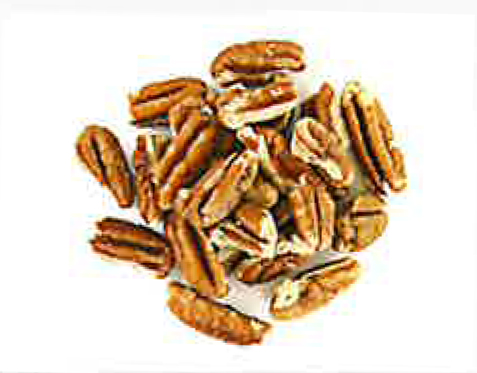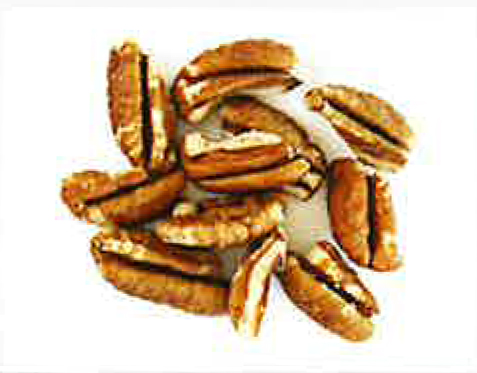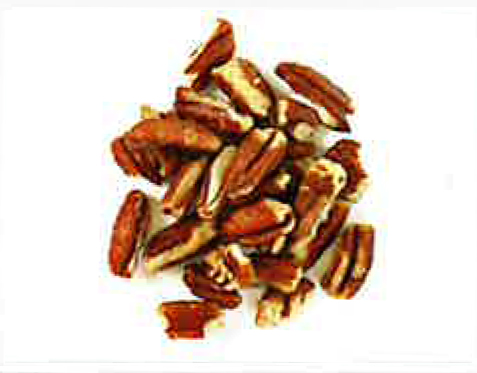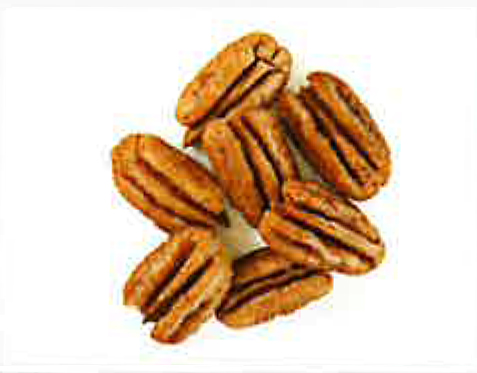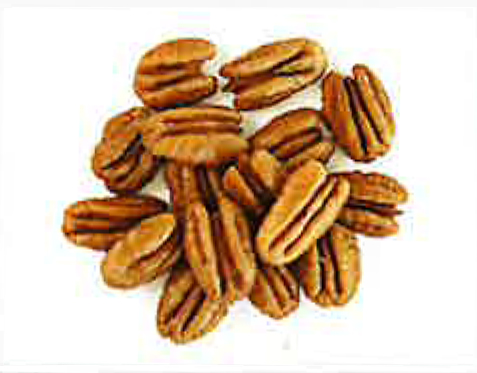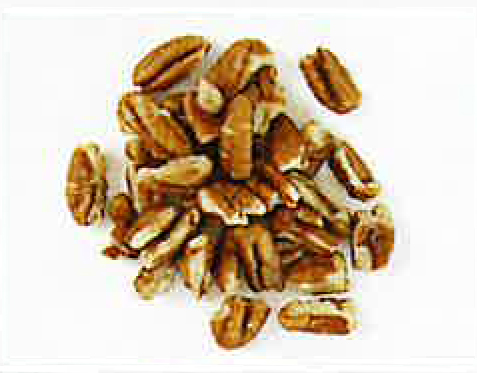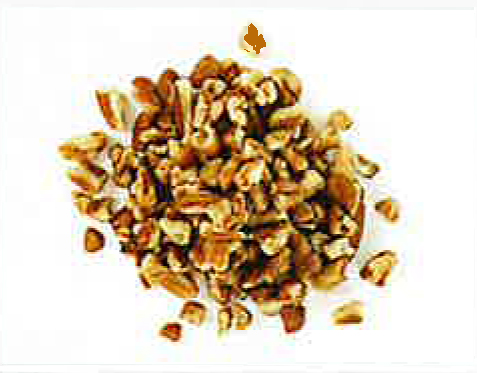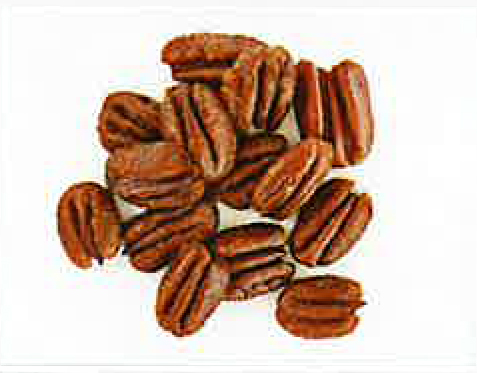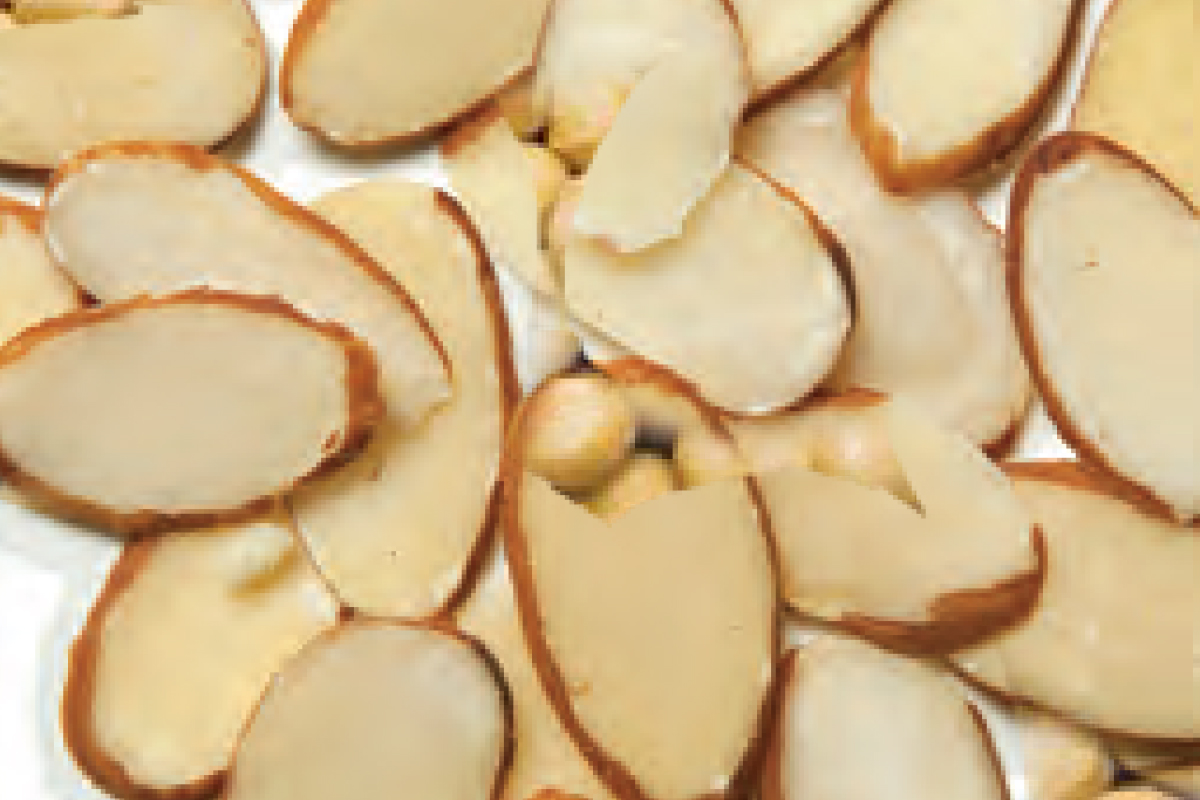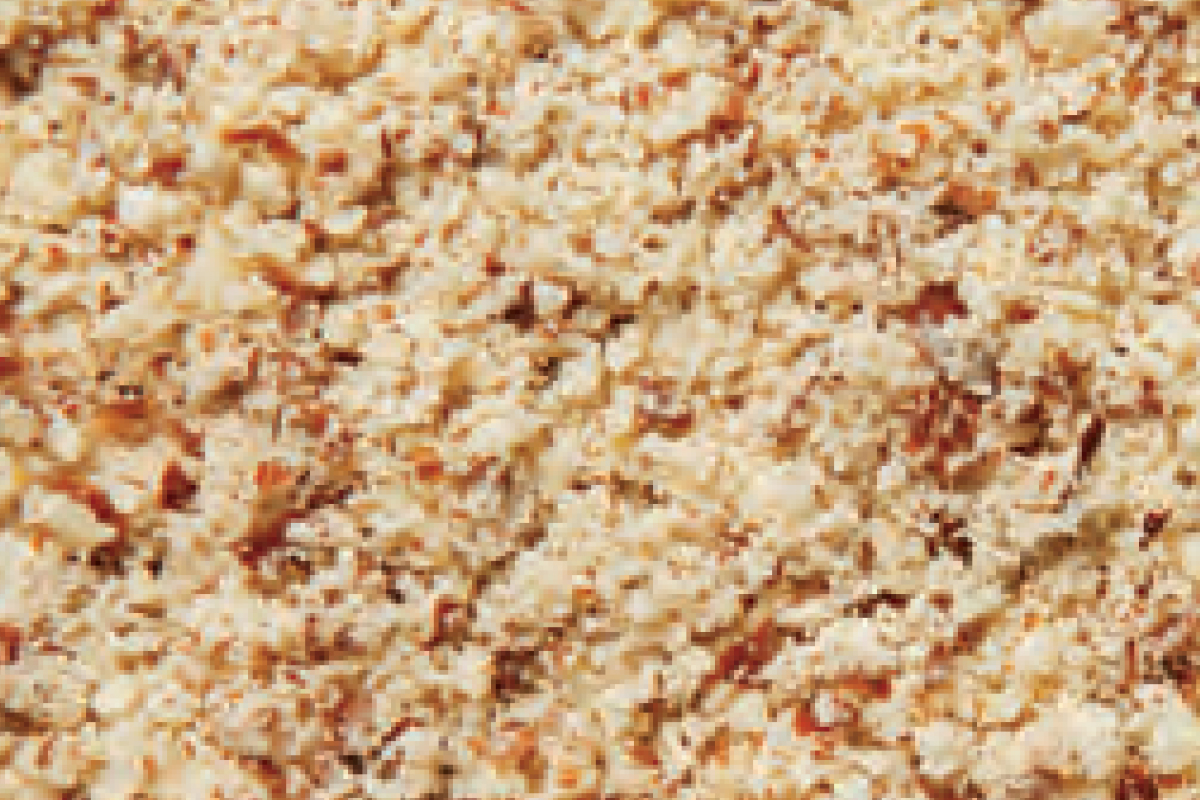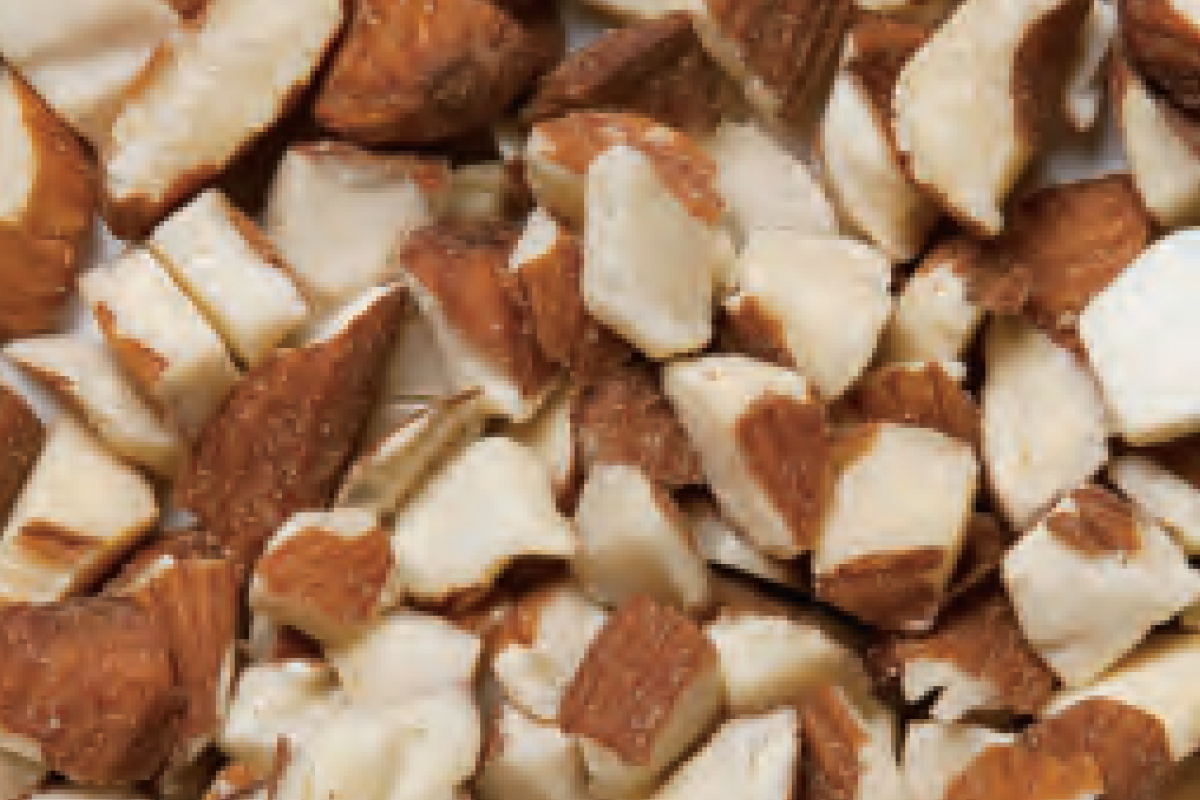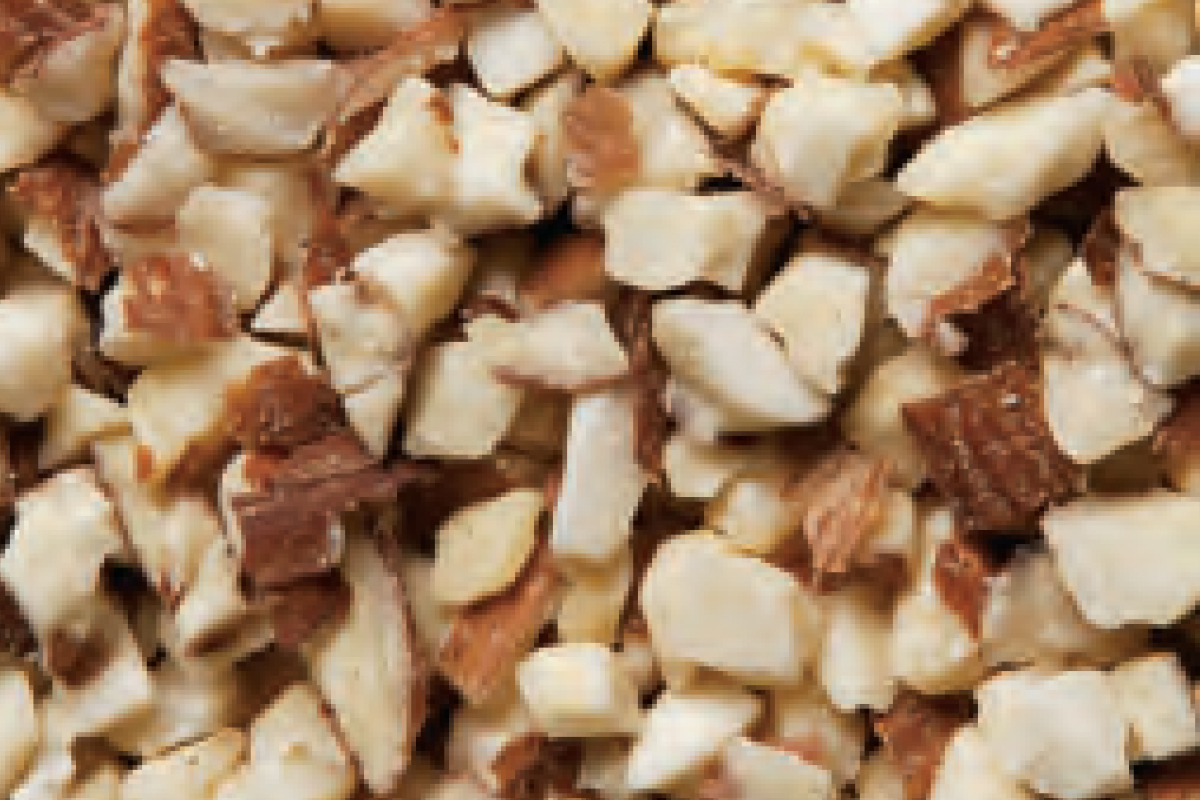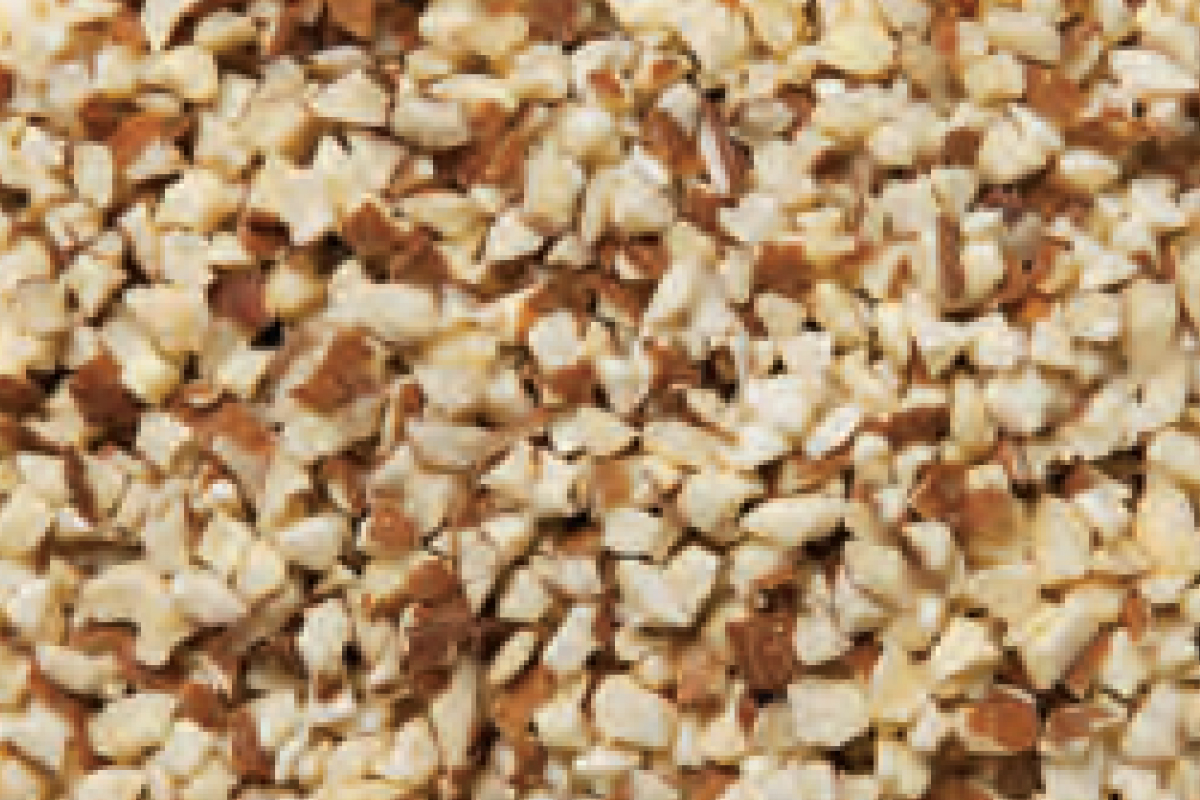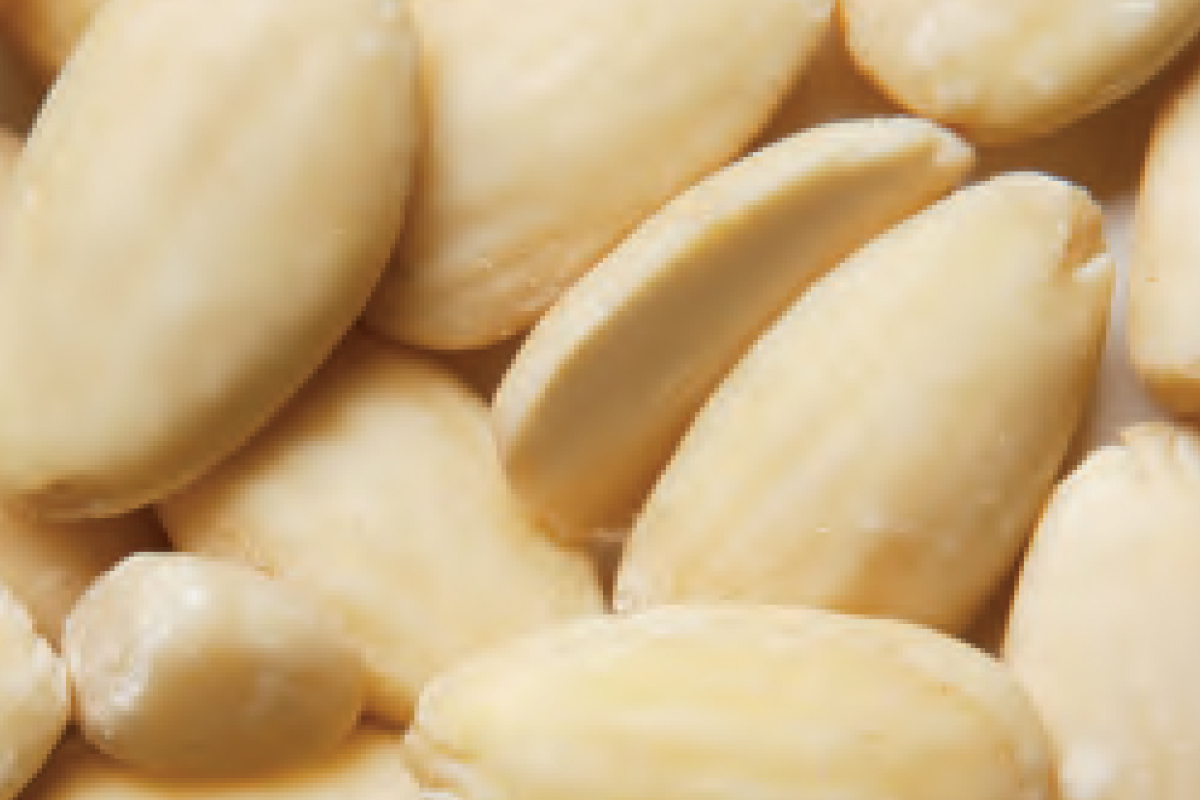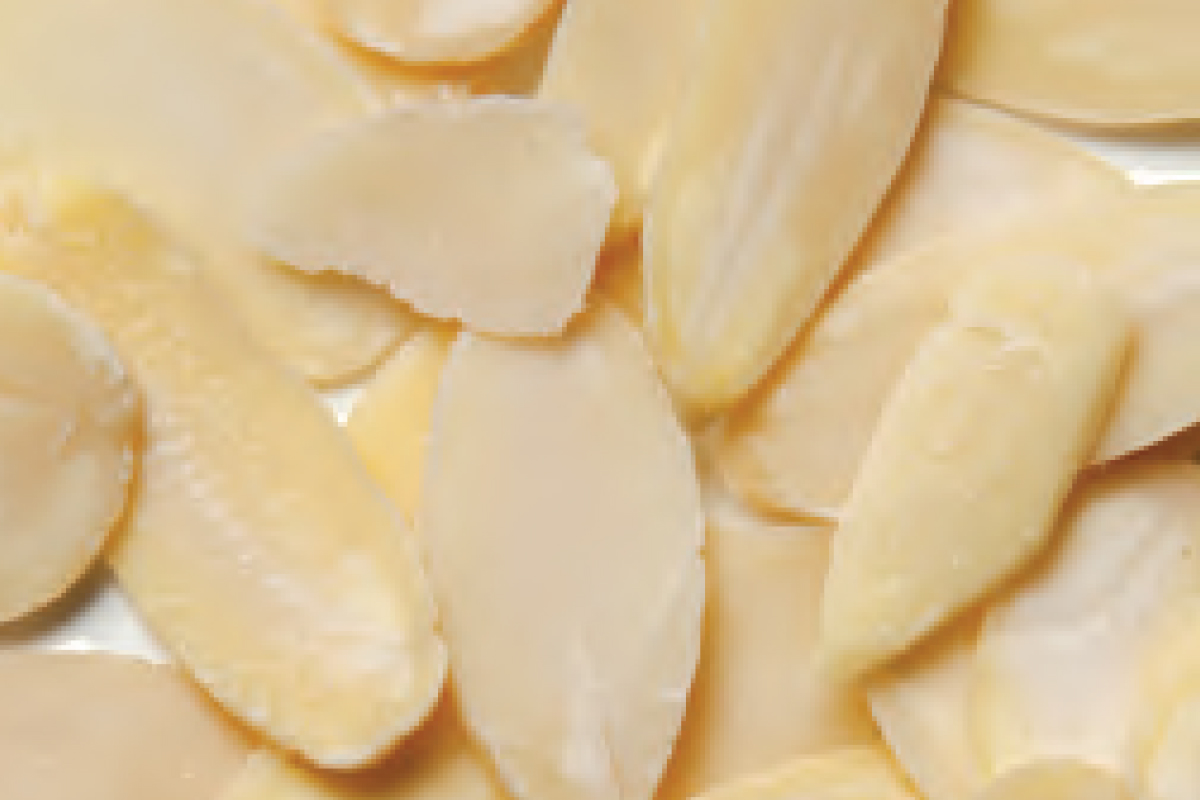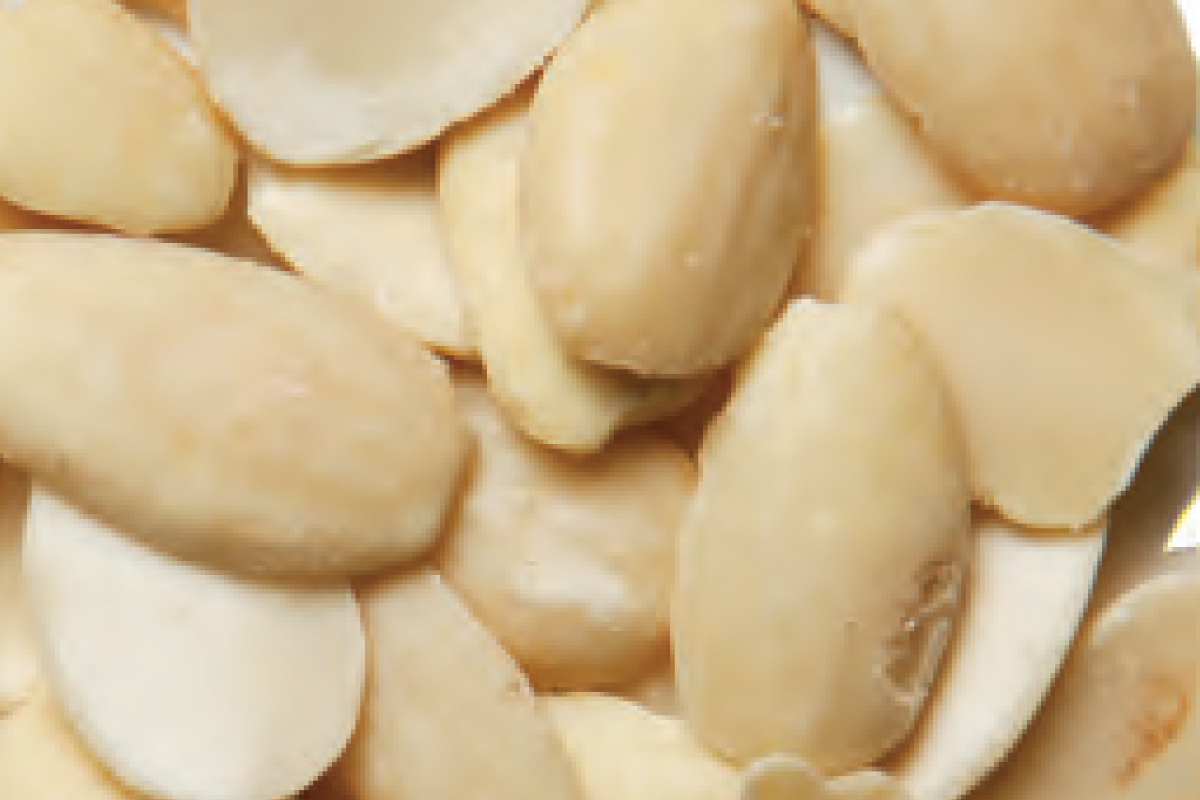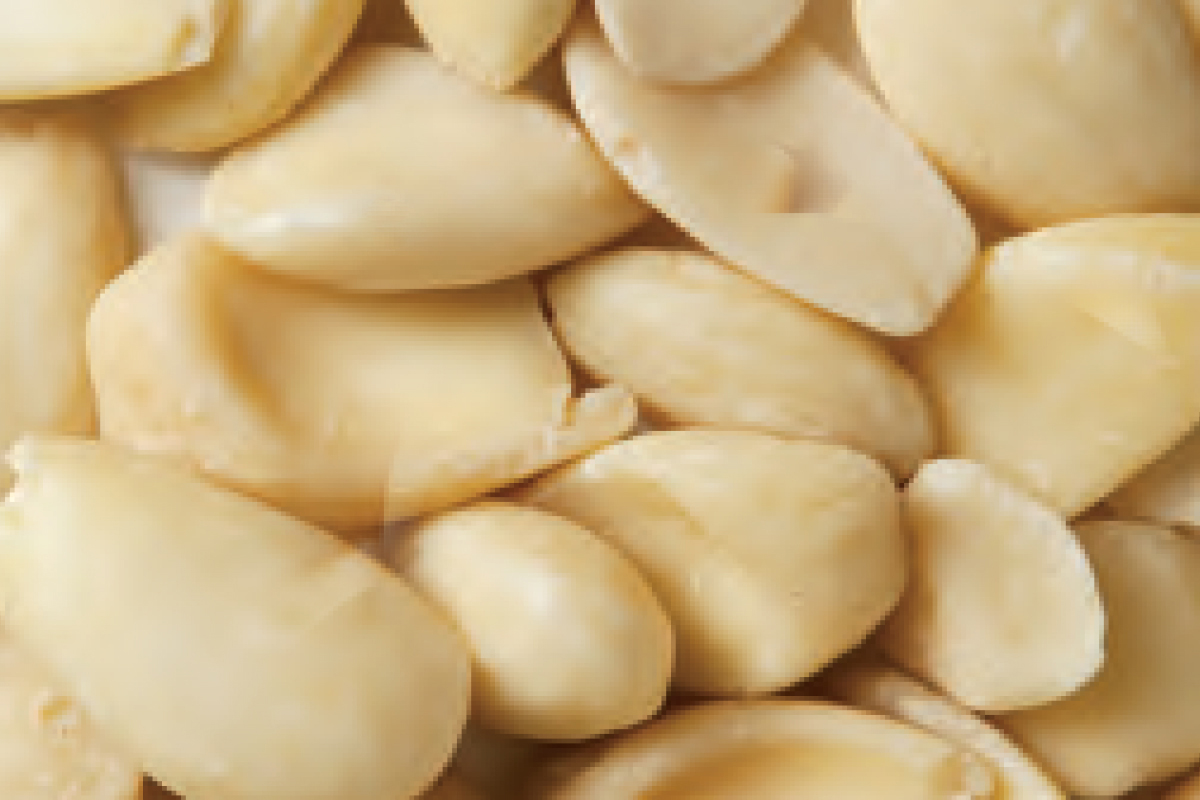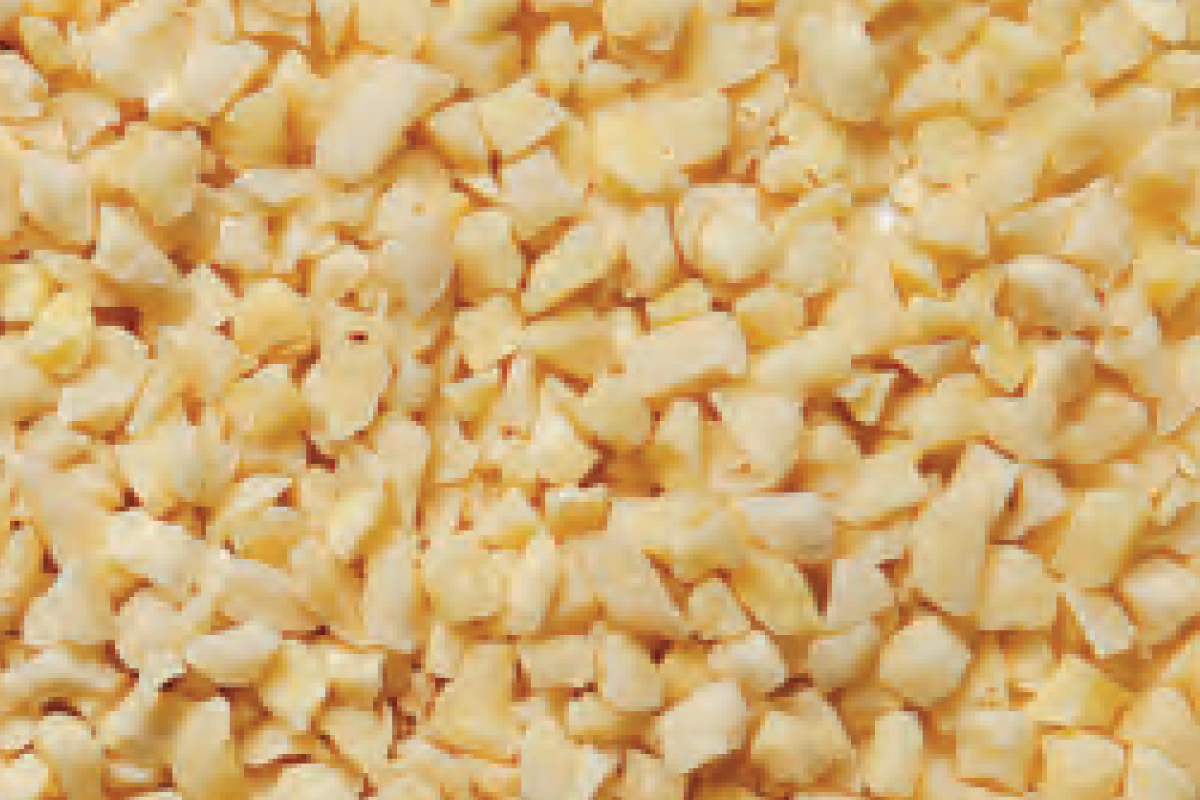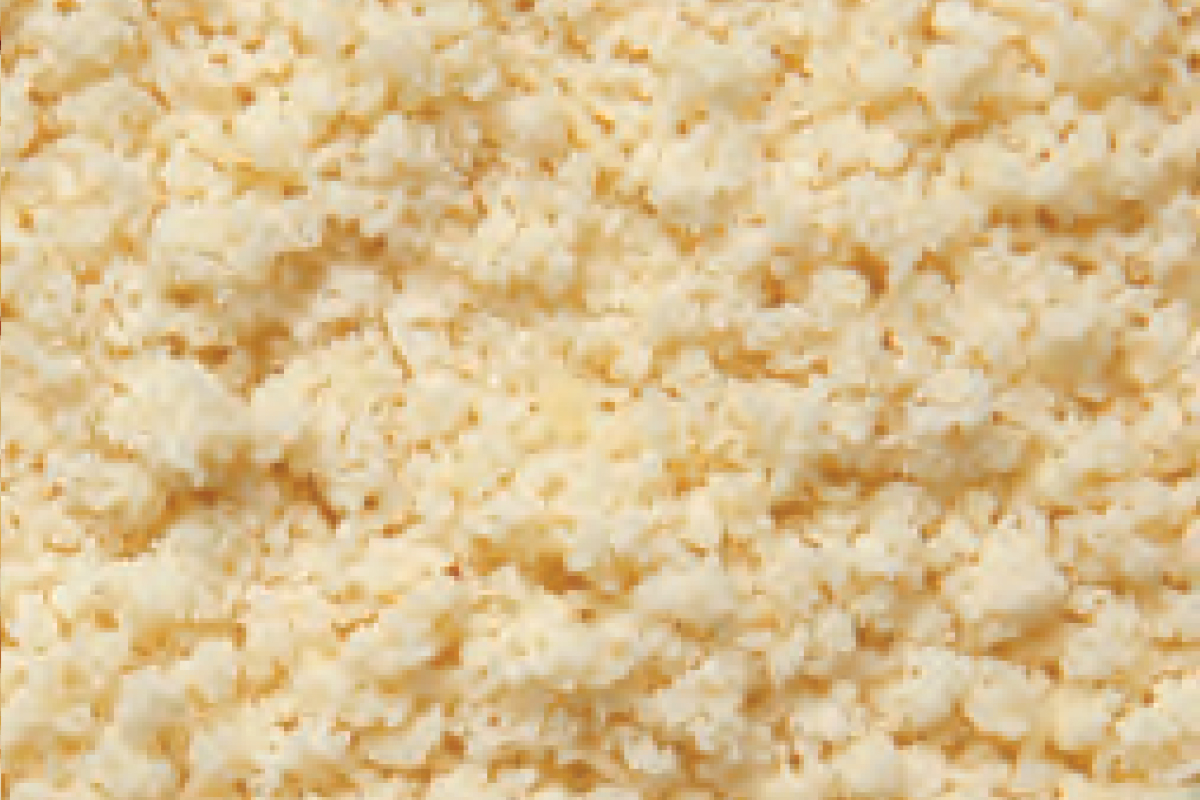Pecan
product
Pecan
Pecan trees (Carya illinoinensis) are native to North America. There are two types of pecans produced within the United States: native or seedling, and improved varieties. The entire 2014 U.S. pecan crop totaled 264.2 million pounds or 132,075 tons, less than a 1 percent decrease from 2013 and 2012. The value of the 2014 pecan crop was $517 million, an increase of 12 percent from 2013. Commercial pecan production was reported in 14 states. Over three-fourths of U.S. pecans were produced in the states of Georgia, New Mexico and Texas (NASS, 2021).
1000+
Happy Customers
PECAN BACKGROUND
Comparison of Different Types of Pecan Tree Varieties
There are more than 500 named pecan varieties, but just a handful are widely planted in the United States. For the homeowner or small scale commercial orchardist, the important differences between types of pecan trees include: pollination type; timing of flowering; size of the nut; shell thickness; tendency to bear in alternate years; age at first bearing; season of nut maturation; and resistance to the fungal disease, pecan scab.
Pecan Pollination
A pecan tree has both male flowers (pendant catkins), and female flowers (erect spikes), on the same tree. Type I (protandrous) pecans have male flowers that release their pollen before their female flowers are receptive to pollen shed. Type II (protogynous) pecans release their pollen after their female flowers were receptive.
Pecan Flowering Time
There is also variation in flowering time among varieties within each type. Both types must be present (within a few hundred feet) to get pollination and subsequent nut development, and the bloom periods must overlap. Experience has shown that three or more pecan varieties planted together provide the best pollination, and therefore the biggest nut crops. The suggested pollinators column in the table below takes into account both pollination type and bloom period. Pollination is done by the wind.
Size of Pecan Nuts and Shell Thickness
The nut size is measured by the number of nuts per pound. Large pecans have 55 or fewer nuts per pound; medium = 55-70 nuts/pound; and small = more than 70 nuts/pound.
We can get an idea of pecan shell thickness (= ease of shelling) by comparing the weight of the kernel with the weight of the whole nut. The higher the percent kernel, the thinner the shell. Thin shells are easier to get the husk off.
Adapted source from
- Perfect Plant (https://myperfectplants.com/blogs/blog/comparison-of-different-types-of-pecan-tree-varieties)



